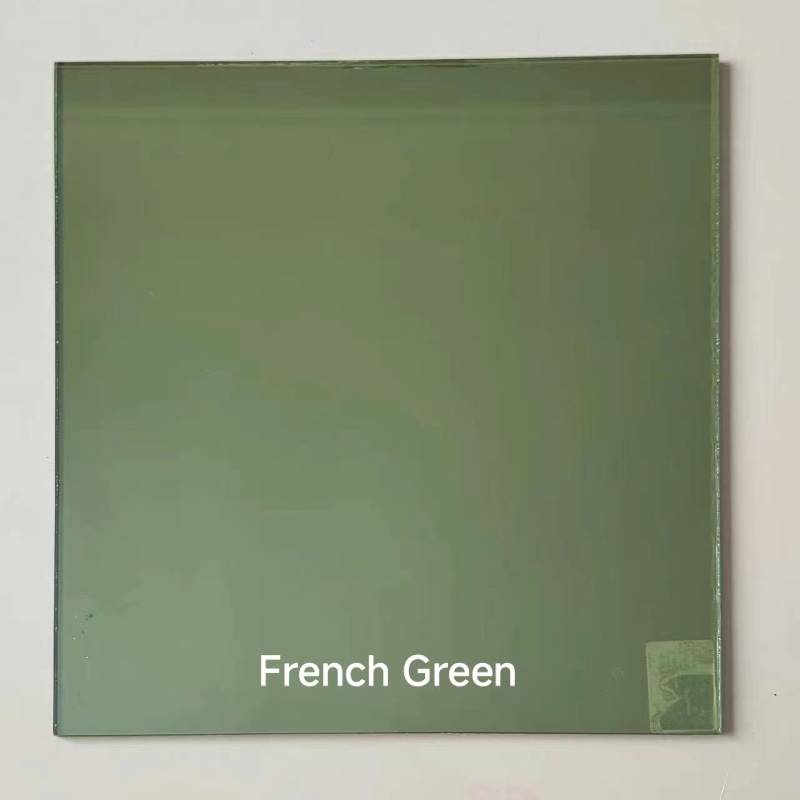

What is Float Glass?
Float glass is a type of flat glass that is produced through a unique manufacturing process known as the float process. This method revolutionized the glass industry by providing a way to produce high-quality, uniform, and clear glass sheets that are widely used in various applications, including windows, mirrors, and facades.
The Float Process
The float process was developed in the 1950s by Sir Alastair Pilkington, a British engineer. It involves melting raw materials, primarily silica sand, soda ash, and limestone, in a furnace to create molten glass. This molten glass is then floated on top of a layer of molten tin in a controlled environment. The tin, having a lower melting point than glass, provides an even, flat surface that allows the glass to take on a uniform thickness as it cools.
Once the glass has floated onto the tin surface, it spreads out naturally due to gravity, forming a smooth, flat sheet. As it moves down the line, the glass is gradually cooled in a controlled manner, a process known as annealing. After cooling, the glass is cut into sheets of desired dimensions and can be further processed or treated to enhance its properties.
Characteristics of Float Glass
One of the primary advantages of float glass is its clarity. The float process eliminates many of the impurities and surface imperfections often found in traditional glass-making methods. As a result, float glass offers excellent optical quality, making it ideal for applications where transparency is essential.

In addition to its clarity, float glass is also known for its uniform thickness and smooth surface. These characteristics make it suitable for various applications, from architecture to automotive and even art. The ability to produce large sheets of glass reduces the need for seams in applications such as large windows or glass walls, allowing for uninterrupted views and enhanced aesthetics.
Applications of Float Glass
Float glass is used in a wide range of applications across different industries. In architecture, it is a popular choice for windows, storefronts, and curtain walls due to its clarity and strength. It allows natural light to enter buildings while providing a barrier against the elements. The use of float glass can reduce the need for artificial lighting, contributing to energy efficiency and sustainability in modern design.
In the automotive industry, float glass is essential for manufacturing windshields and side windows. Its durability and optical clarity are critical for ensuring driver and passenger safety. Additionally, float glass is increasingly used in the production of solar panels and energy-efficient glazing systems, contributing to the growing demand for sustainable technologies.
Float glass is also prevalent in the production of mirrors, glass furniture, and decorative items. Its smooth surface and finish make it an ideal material for creating visually appealing products that enhance interior design.
Conclusion
In summary, float glass is a versatile and essential material that has transformed the glass industry since its inception. Its unique manufacturing process results in a high-quality product that is clear, uniform, and durable. From architecture to automotive applications, float glass plays a crucial role in enhancing both functionality and aesthetics in various fields. As technology advances, the demand for float glass and its applications will likely continue to grow, cementing its place as a fundamental material in modern society.